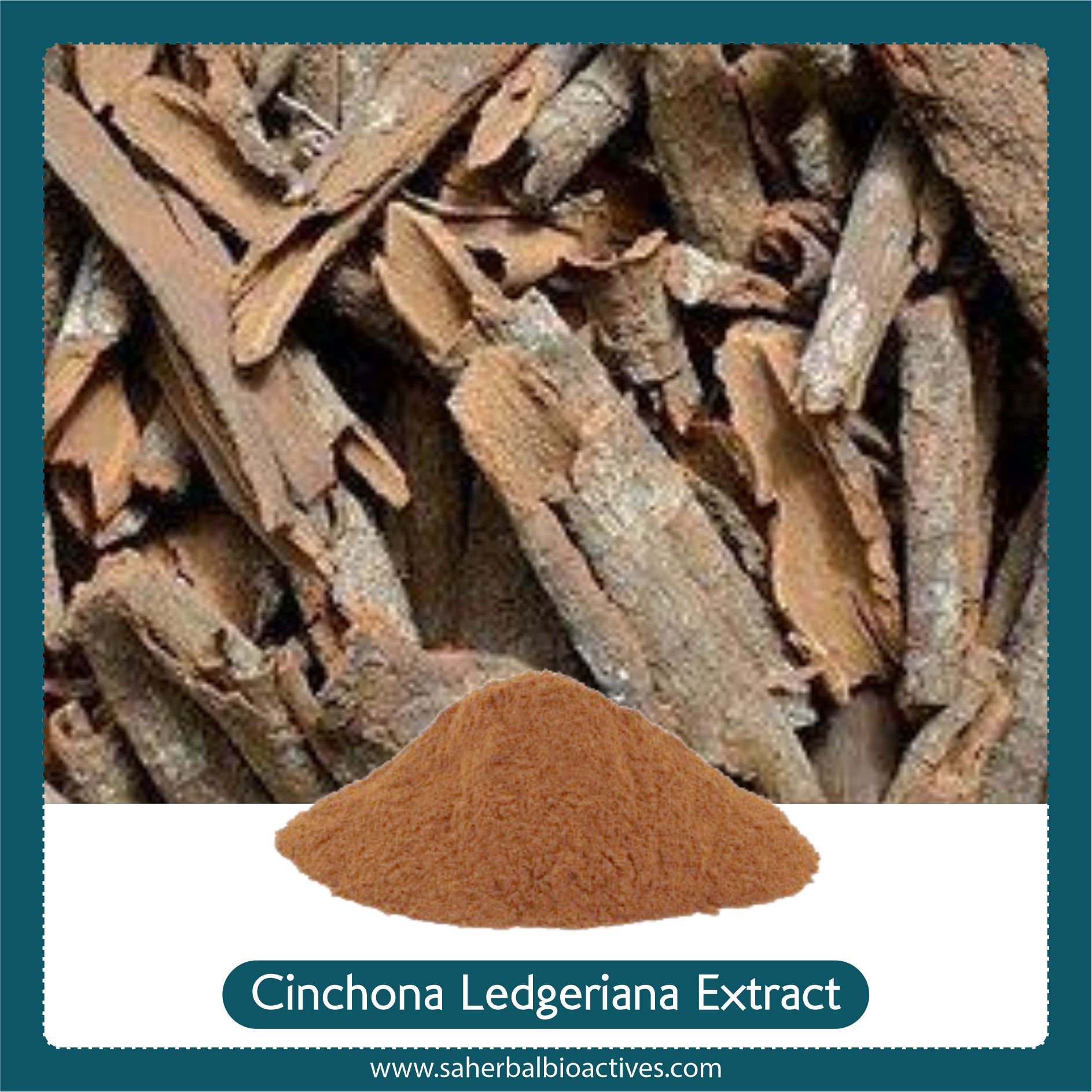Description :
Cinchona is a genus of flowering plants in the family Rubiaceae containing at least 23 species of trees and shrubs. All are native to the tropical Andean forests of western South America. A few species are reportedly naturalized in Central America, Jamaica, French Polynesia, tropical Africa etc., and others have been cultivated in India and Java, where they have formed hybrids, of which Cinchona Ledgeriana is one of the species. Cinchona has been historically sought after for its medicinal value, as the bark of several species yields quinine and other alkaloids that were the only effective treatments against malaria during the height of European colonialism, which made them of great economic and political importance. Cinchona bark contains quinine, which is a medicine used to treat malaria. It also contains quinidine which is a medicine used to treat heart palpitations. Other than this, Cinchona may also be used for increasing appetite, promoting the release of digestive juices, reducing bloating, fullness, and other stomach problems. Cinchona is also found used for blood vessel disorders including hemorrhoids, varicose veins, and leg cramps. Some people use cinchona for mild influenza, flu, the common cold, malaria, and fever. Cinchona is used in eye lotions to numb pain, kill germs, and as an astringent. Cinchona extract is also applied to the skin for hemorrhoids, ulcers, stimulating hair growth, and managing varicose veins.
In foods, cinchona is found used as a bitter flavoring in tonic water and alcoholic beverages.


